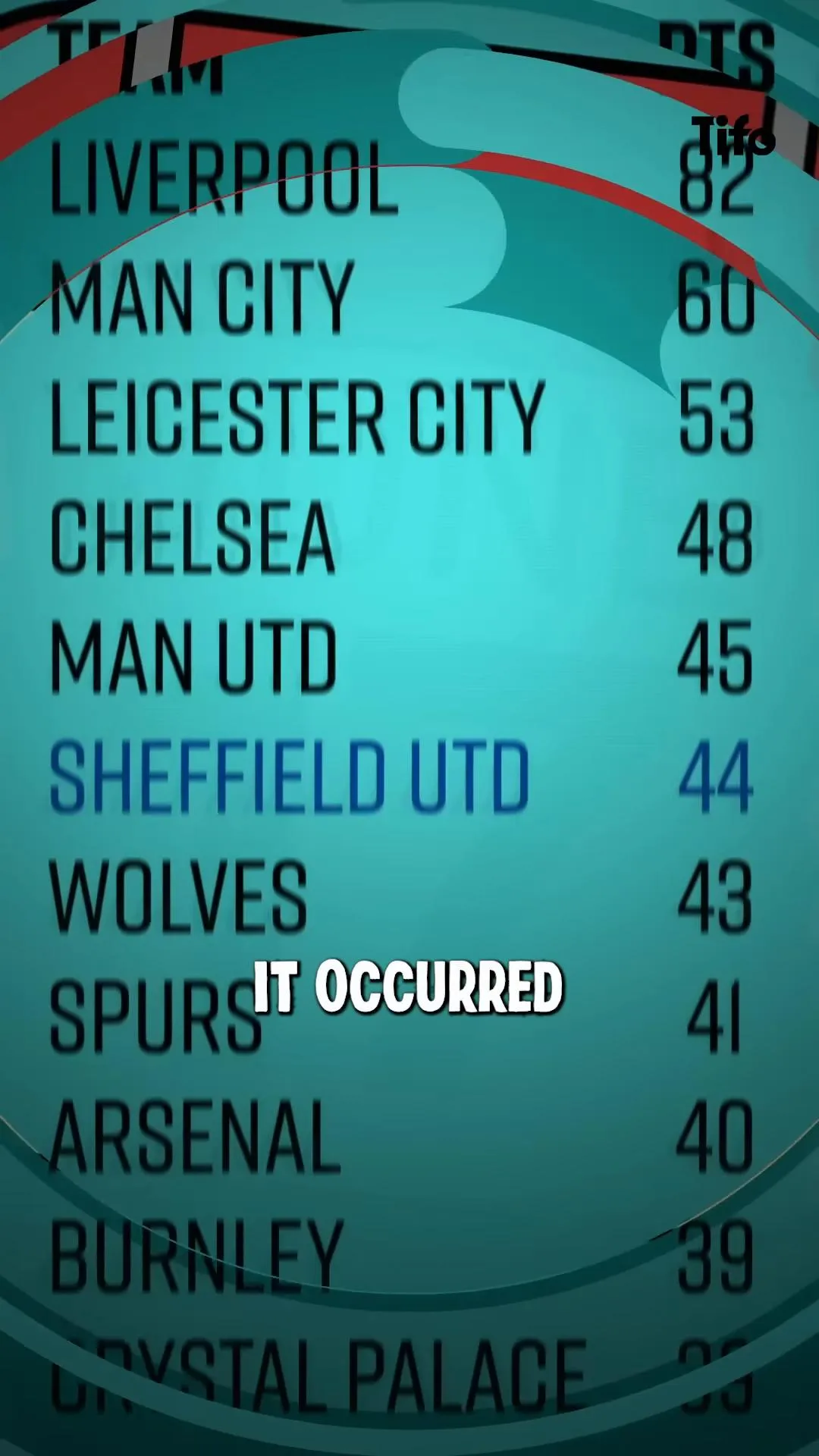The term premier league ghost goal refers to one of the most controversial moments in football history, particularly in the Premier League. This incident raises numerous questions: What exactly happened during that fateful match? How did technology fail to recognize a clear goal? And what were the consequences for the teams involved? In June 2020, during a crucial match between Aston Villa and Sheffield United, the football world witnessed a bizarre event that would leave fans and analysts scratching their heads. This blog post dives deep into the details of the incident, the technology behind goal line decisions, and the implications for the teams involved.
Understanding the Premier League Ghost Goal Incident
The infamous incident occurred on June 17, 2020, at Villa Park during a match where Aston Villa was struggling to avoid relegation. The game was tense, with both teams eager to secure points. Sheffield United’s Oliver Norwood took a free kick that appeared to hit the post and bounce back, only to end up in the side netting. Aston Villa’s goalkeeper, Orjan Nyland, managed to collect the ball, but not before it had clearly crossed the goal line.
The Role of Goal Line Technology
Despite the clear indication that the ball had crossed the line, referee Michael Oliver waved play on, relying on his goal line technology watch, which failed to signal a goal. This incident raised significant concerns regarding the reliability of goal line technology, as it was the first and only time that the system did not detect a legitimate goal.
How Goal Line Technology Works
- Utilizes multiple cameras positioned around the goal.
- Employs high-speed image processing to track the ball’s movement.
- Alerts the referee via a wristwatch when the ball completely crosses the line.
In this case, players obstructed the view of the cameras, leading to the failure of the technology to register the goal. This malfunction not only left fans bewildered but also had dire consequences on the match and the season.
Match Outcome and Its Implications
The match ended in a 1-1 draw, but the repercussions for Aston Villa were significant. Just a month after this incident, they narrowly avoided relegation, finishing the season just one point above the drop zone. Had the goal been awarded, Sheffield United could have secured a crucial win that might have changed the course of their season.
Reactions from Players and Coaches
The aftermath of the incident saw various reactions from players and coaches. Aston Villa’s manager, Dean Smith, expressed disbelief at the failure of the technology, stating, “It’s hard to take when you know the ball has crossed the line.” Conversely, Sheffield United’s Chris Wilder was equally frustrated, believing that his team had been robbed of a legitimate goal.
Consequences of the Premier League Ghost Goal for Technology and Teams
The premier league ghost goal incident sparked widespread debate regarding the effectiveness of technology in football. Questions were raised about the reliability of goal line technology and whether it should be used in all critical situations.
Changes in Technology Implementation
Following this controversial moment, the Premier League considered several adjustments to improve the accuracy of goal line technology, including:
- Enhanced camera placements to minimize obstruction.
- Regular audits of the technology systems to ensure reliability.
- Increased training for match officials regarding the technology in use.
Impact on Team Performance
For Aston Villa, the ghost goal incident served as a wake-up call. They realized how critical every point was in their fight against relegation. The club implemented new strategies and focused on performance consistency to avoid similar situations in the future.

The Legacy of the Premier League Ghost Goal
Even though the incident occurred in 2020, its legacy lives on in discussions about technology in sports. The premier league ghost goal has become a case study in how technology can fail and the implications of those failures on teams and leagues.
Fan Reactions and Media Coverage
Fans and media outlets were quick to react, with many taking to social media to express their outrage. The incident became a trending topic, leading to debates on platforms like Twitter and Facebook. Articles and analyses were published, dissecting the event and its impact on the teams involved.
Future of Goal Line Technology in Football
In light of this incident, many football associations are reconsidering their reliance on technology. Discussions about implementing additional backup systems or even VAR (Video Assistant Referee) protocols have gained momentum. The goal is to ensure that such a glaring error does not occur again.

Conclusion: A Moment to Remember
The premier league ghost goal between Aston Villa and Sheffield United is a remarkable example of how technology can sometimes fail in high-stakes environments. It serves as a reminder of the human element in sports, where decisions can change the trajectory of a team’s season. The discussions that arose from this incident highlight the ongoing evolution of technology in football. As the sport continues to develop, ensuring accountability and accuracy in officiating remains a priority. The legacy of this ghost goal will undoubtedly influence future matches, as teams and officials strive for perfection in an ever-competitive league.
For more insights on ghost goals in football, you can watch this short video or read about it on Wikipedia.
